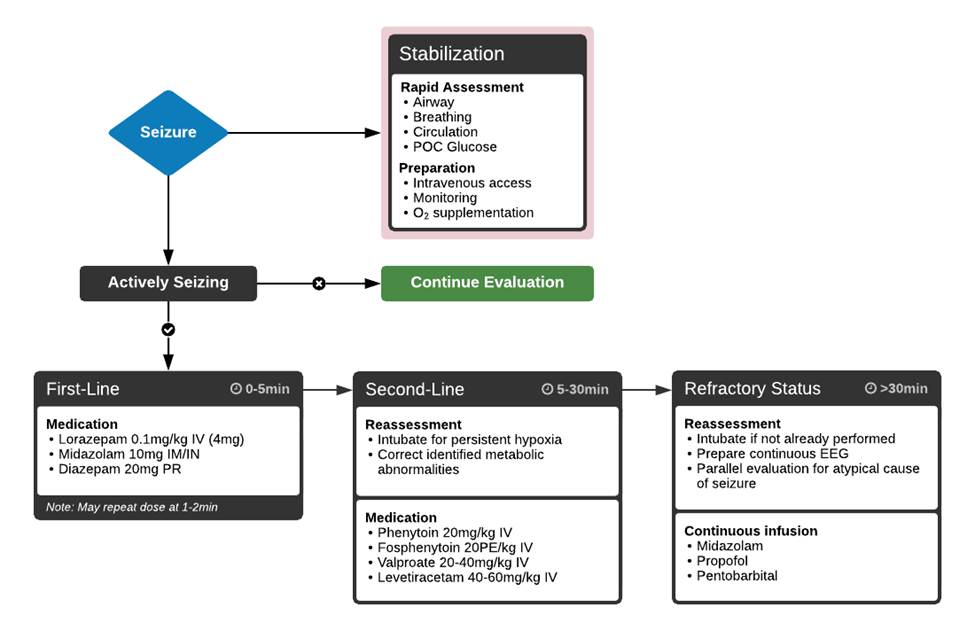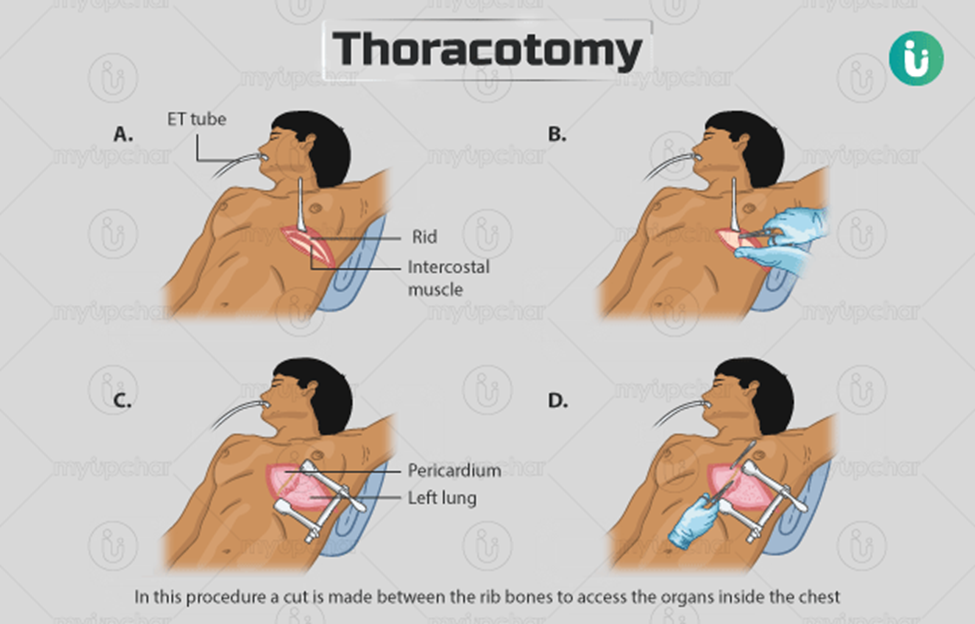When providing care for an unconscious client who has seizures, which nursing intervention is most essential?
Keep the room at a comfortable temperature.
Ensure oral suction is available.
Provide frequent mouth care
Maintain the client in a semi-Fowler's position.
The Correct Answer is B
A. Keep the room at a comfortable temperature:
While maintaining a comfortable room temperature is important for the overall well-being of the client, it is not the most essential intervention during a seizure. The priority during a seizure is to ensure the client's safety, particularly focusing on airway management.
B. Ensure oral suction is available:
This is the most essential intervention. During a seizure, the client may produce excessive saliva, and having oral suction readily available helps prevent airway obstruction and ensures a clear airway. It is crucial for the safety and well-being of the client.
C. Provide frequent mouth care:
Mouth care is important for the overall hygiene of the unconscious client, but it may not be the most immediate priority during a seizure. The focus during a seizure is on preventing complications such as aspiration or airway obstruction.
D. Maintain the client in a semi-Fowler's position:
Positioning is important for the comfort and safety of the unconscious client, but maintaining a semi-Fowler's position may not be the primary concern during an active seizure. The immediate focus is on airway management and preventing injury.

Nursing Test Bank
Naxlex Comprehensive Predictor Exams
Related Questions
Correct Answer is B
Explanation
A. Administer intravenous fluid bolus as prescribed by the healthcare provider.
While hydration is important, the vital signs provided (elevated heart rate and respiratory rate) are more indicative of potential respiratory distress. Administering fluids may be indicated in certain situations, but it may not address the immediate concern of compromised oxygenation.
B. Apply oxygen at 10 L via non-rebreather mask and monitor pulse oximeter.
This is the correct choice. The client's elevated heart rate and respiratory rate suggest the need for improved oxygenation. Applying oxygen at a high flow rate via a non-rebreather mask is an immediate intervention to address potential respiratory compromise. Monitoring the pulse oximeter provides real-time feedback on oxygen saturation.
C. Medicate for pain and monitor vital signs according to protocol.
Pain management is an important aspect of post-operative care, but the immediate concern in this scenario is the potential for respiratory distress. Administering pain medication alone may not address the primary issue.
D. Encourage the client to splint the incision with a pillow to cough and deep breathe.
While encouraging the client to cough and deep breathe is important for post-thoracotomy care, the elevated vital signs suggest a need for more immediate intervention to ensure adequate oxygenation. Applying oxygen and monitoring the pulse oximeter take precedence.

Correct Answer is C
Explanation
A. Facial puffiness and periorbital edema:
These are common signs of hypothyroidism but may not require immediate action unless accompanied by severe symptoms.
B. Cold and dry skin:
Cold and dry skin is a characteristic feature of hypothyroidism, but a further decline in the level of consciousness is a more urgent issue.
C. Further decline in the level of consciousness.
A decline in the level of consciousness is a critical sign that requires immediate attention, as it may indicate worsening hypothyroidism, myxedema coma, or other serious complications. Myxedema coma is a life-threatening condition associated with severe hypothyroidism, and it requires prompt medical intervention.
D. Hematocrit of 30% (0.30):
While anemia is a potential complication of hypothyroidism, a hematocrit of 30% alone may not be the most immediate concern compared to a decline in the level of consciousness.
Whether you are a student looking to ace your exams or a practicing nurse seeking to enhance your expertise , our nursing education contents will empower you with the confidence and competence to make a difference in the lives of patients and become a respected leader in the healthcare field.
Visit Naxlex, invest in your future and unlock endless possibilities with our unparalleled nursing education contents today
Report Wrong Answer on the Current Question
Do you disagree with the answer? If yes, what is your expected answer? Explain.
Kindly be descriptive with the issue you are facing.
